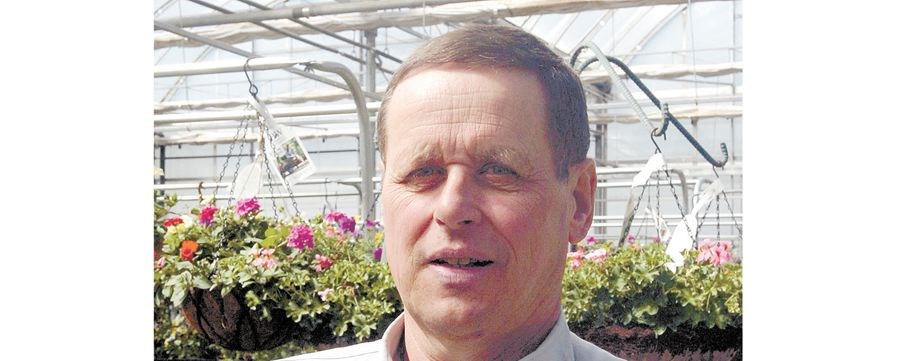Sometimes trees and shrubs are growing in a site that no longer works for them, and so they need to be moved.
Ideally, you want to make the move as stress-free as possible for the tree, as this will help ensure the best success. If the tree or shrub has been there for a long time and has become established, it could take a year to move it by doing the correct prep work.
Root pruning will help get the tree ready to move and it should be done in early spring, a year before the tree is ready to be moved. Root pruning consists of getting a sharp spade and cutting a circle to the depth of the spade around the tree. The size of the circle depends on the size of the tree. For every centimetre of tree trunk, you want 25-30cm of rootball. For example a 5-6cm trunk diameter would mean the circle would be 50-60cm. By root pruning the tree's roots, the roots inside the circle will produce new feeder roots making it an easier transition for next year.
The best time to move a tree or shrub is in early spring, as soon as you can get a spade in the ground. For the best success, you want the transition to be as easy as possible on the plant. Choose an area that is similar to the current site where the tree/shrub is now planted, with the same amount of sunlight and similar soil conditions. It is also important to know how big and wide the tree will grow when it is full-sized so that it does not conflict with power lines, roofs, driveways, walkways etc.
When you have found the new planting site, get it prepared first by digging the hole. There are two planting methods depending on the soil type. If you are on well-drained soil, then an outward tapered hole should be dug that is twice as large than the estimated size of the root ball. When estimating the root ball, you want to have 25-30cm of rootball to every 2cm of trunk diameter.
When the hole is dug, sprinkle some bonemeal in the bottom of the hole as this will help in root development. Also have a pile of good quality soil nearby to use as backfill after the tree is placed in the hole. If you are on clay soil or poor-draining soil, then the second method is recommended.
You don't want to dig a hole because it takes too long for the water to drain out of it, which can lead to root rot and eventfully kill the tree. Instead of digging a huge hole you only want to dig a slight hole of 8-10cm up to the hardpan and then sprinkle the bonemeal in the bottom and have the good quality soil near by.
When the new site is ready, it is now time to get the tree ready. If possible do the actual tree moving on a cloudy day so that there is less stress on the tree. Tie the branches of the tree so that they don't break in the move. Before you start digging, the soil should be moist enough to form a ball. Too wet or too dry will cause the rootball to fall apart and you want to keep as much soil around the roots as possible. Dig out the tree making sure that the root ball is large enough to sustain the tree. Have a large tarp ready to be able to place the tree on so that it is easier to slide to the new location.
Re-plant the tree as soon as possible. Don't let the roots dry out as this can cause them to die. Plant the tree to the same depth it was before. When the tree is straight start to backfill the soil into the hole. If you are using the clay planting method cover the root ball with enough soil so that the entire root ball is covered.
When the tree has been planted it is time to give it a good drink of water. Mix some Transplanter, following the manufacturers recommendations, into a bucket of water and pour it around the tree's roots. Water is very important to the tree's survival. Building a circular berm around the tree will keep the water from running away. The tree's roots need to be kept well-watered until the tree becomes established, which can take many weeks depending on the tree, size and conditions. Staking the tree after it has been transplanted is also beneficial, to prevent damage.



